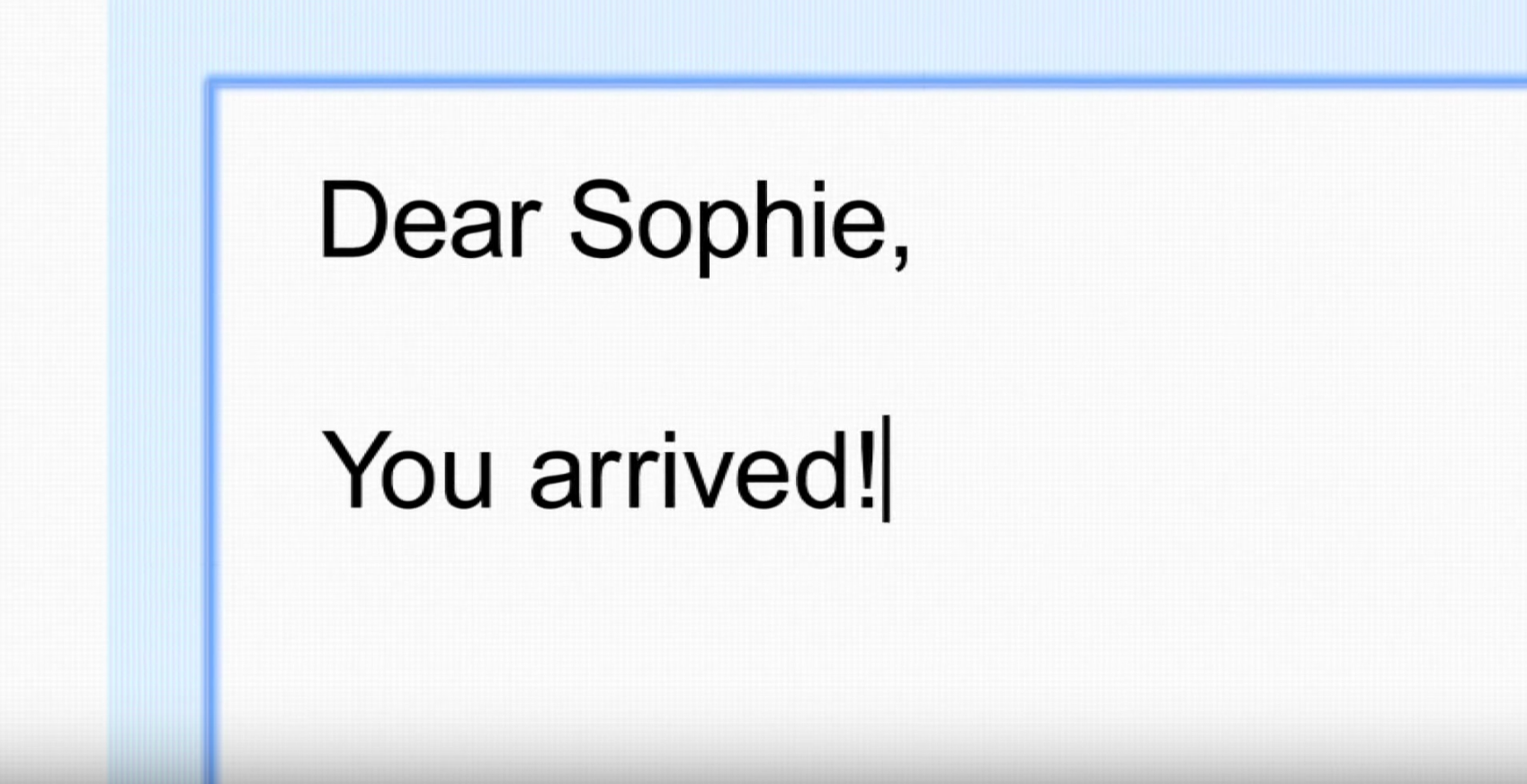The power of emotional brand storytelling
Nike. Coke. Google. What do these giant brands have in common? They all rely on emotional advertising to strengthen their brand presence.
Advertising today is more than just getting your name out there, or showcasing the amazing products or services you provide. More and more brands have realized that creating an engaging, emotional marketing campaign allows the audience to associate that brand with positive emotions.
Emotional branding refers to the practice of building brands by appealing directly to a consumer’s emotional state, needs, and ambitions. Emotional branding works when it triggers an emotional response in the consumer that can’t fully be rationalized. These emotional connections play a powerful role in which brands the consumers ultimately choose. An article by Psychology Today helps explain why:
- Neuro-imagery shows that when evaluating brands, consumers mainly use emotions (personal feelings and experiences) rather than information (brand attributes, features, and facts).
- Advertising research reveals that emotional response to an ad has far greater influence on a consumer’s reported intent to buy a product than does the ad’s content – by a factor of 3-to-1 for television commercials and 2-to-1 for print ads.
Google obviously has been listening to the research. In 2010 and 2011 they ran an offline ad campaign with huge response. It began with the 2010 Super Bowl ad for “Parisian Love” that told a love story assisted by Google’s technology. They followed up with the compilation of “It Gets Better” clips to support the LGBT community, and then aired “Dear Sophie.” The “Dear Sophie” spot is the ultimate emotional storytelling, in which a father uses Google products like Gmail and YouTube to record life events from birth to early childhood, and provide a way for him to communicate with his daughter when she’s older.
The entire campaign told a series of stories that resonated with people and made them want to watch a Google ad. Using emotion to tell a story captivates interest in a brand and creates that positive feeling that makes consumers gravitate towards it when it’s time to make a brand decision.
When Beach Lion’s Creative Director Mike Nolasco worked on the Bulls Unite campaign for the University of South Florida, the team set out to create an emotional response. The goal was to evoke the emotion of the “desire to belong” to the University community. In the ad, a small child recites the fight song. This had a dual purpose: to attract Bulls fans familiar with the fight song, along with targeting the general family audience. The fans that are rallying around the football player in the spot were used to represent the community rallying around the football team. The result after the campaign was complete was a rise in ticket sales, fan support, and national attention.
Unsurprisingly, there has been a noticeable shift in the last several years in branding towards a more connected and personal message. It’s a tactic easily used in many arenas other than television ads. For example, Coca Cola tapped into the need to belong in their widespread “Share a Coke” campaign. By labeling each coke product with a different name (even “your cat” was an option), it created a personal connection with the product. It also created huge publicity for Coke with people sharing pictures of their bottles on social media, and of course a funny meme or two.


